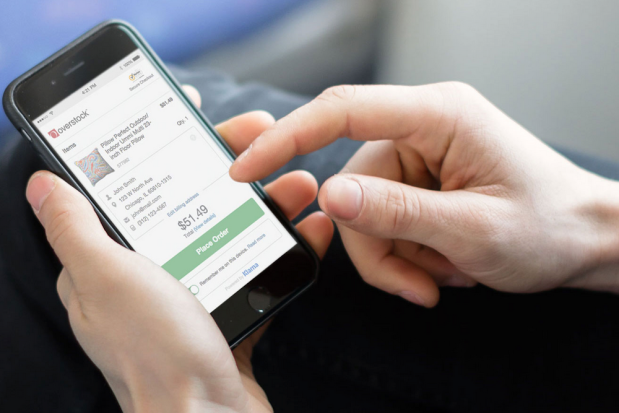Why A Simple Retail Experience Is Very Complicated

While a variety of terms have gotten increasingly popular in the era of retail reinvention — innovation, omnicommerce, frictionless — most fall nicely under a single popular umbrella: customer convenience.
The maximally convenient customer experience has become something of a latter-day gold standard for the brick-and-mortar physical retailer — if, for no other reason, than it is a necessity.
After all, it doesn’t get much more convenient than doing all of your shopping from the safety of your own living room in your pajamas, which is de rigueur for the typical retail shopper who has the world of commerce at her fingers, literally 24 hours a day.
“Last year was a totally horrific winter. No one was going shopping; people didn’t want to go to the grocery store — let alone to Macy’s. This year is the nicest winter in a long time everywhere, and you’re still seeing retail down year over year,” Henry Helgeson, CEO of Cayan, told Karen Webster in a recent interview.
“The trend is worse than people realize,” Webster remarked.
Worse, noted Helgeson, though not, as many have become fond of remarking, completely irretrievable or irreversible. Physical retail is not dead, he said, or even really dying, so much as it is evolving.
“Companies are starting to evolve the retail location and, more importantly, their relationship to it. This is a lot less about foot traffic and a lot more about all the omnichannel methodology, I think, that has been developing for years,” Helgeson told Webster. “There is balance that needs to be struck, and I believe they will have to use both the in-store and the multichannel presence to drive more sales.”
“The future here is going to be a combination of efforts: how retailers use the apps and their eCommerce sites to drive local commerce.”
On its own, that is a totally Earth-shattering observation. After all, it has been more than apparent, for at least the last five-plus years, that the retail future was going to involve that kind of seamless integration of multiple channels since the single-channel merchant has simply become a less-than-wholly-viable strategy.
But those big multichannel swings are far from simple and easy, as the challenge isn’t simply adding on new functions and then doing everything the same as always, which Helgeson noted simply doesn’t work.
“I think we are going to see a number of changes,” Helgeson noted. “I think we are going to see smaller stores carrying less individual inventory, while, at the same time, using mobile to create local networks in areas so that consumers get maximal access. I think we’ll see things like Uber helping out where you might not see the foot traffic but you will see the sales locally.”
But, Helgeson conceded, while buttressing the full-channel experience to build a better hybrid digital/physical system, the brick-and-mortar retailer does have a special challenge.
“The in-store experience is the optimal experience for the retailers. They can cross-sell, up-sell, when they get someone into that retail location. The way they need to be thinking about this is making that in-store experience more convenient but also about building new experiences into the store.”
The trick is making those in-store experiences actually happen these days. Once upon a time, the goal was to get the consumer into the shop or mall for the one thing they were there for and then speaking to their inner impulse buyer. That no longer works, Helgeson said, because, in reality, people looking for just one specific good will chose to order it from their iPhone, probably while they are at work bored out of their mind in a meeting.
Also, retailers can’t simply flood the market with paper coupons or just throw up doorbuster after doorbuster, since consumers are also onto that method of driving sales as well.
No, Helgeson told Webster, the trick and the magic here is still digital, just digital better adapted to the in-store environment.
“Where we believe the world is going, it is not just about the offers; it is about digitizing them. We can do that.”
It’s what Helgeson and the Cayan team have been pursuing as part of their Genius platform. More than just the right coupon, Helgeson explained that consumers also want a better method to redeem that offer. Instead of making the customer work for it and then have a separate action in which the consumer has to retrieve a card or a digital wallet, a single smart transaction that does the work for the consumer is needed.
“When we can have those offers adjudicated at the POS, between the phone and the POS, we really think we will see brick-and-mortar stores with a path toward winning again,” Helgeson explained. “The ultimate consumer experience is: Show my phone to a sales associate, and all that needs to be done will happen in the background. The consumer pays and sees all of her discounts all in one place.”
Reinventing retail for the digital age certainly isn’t going to be easy, and if the last two weeks of retail earnings have been any indication, there will be growing pains aplenty.
But if Cayan is right, the traditional merchants have a roadmap, even if it is a tricky one. Give the customers lots of incentives to induce their buying behavior but avoid having them make a whole pile of complicated decisions.
